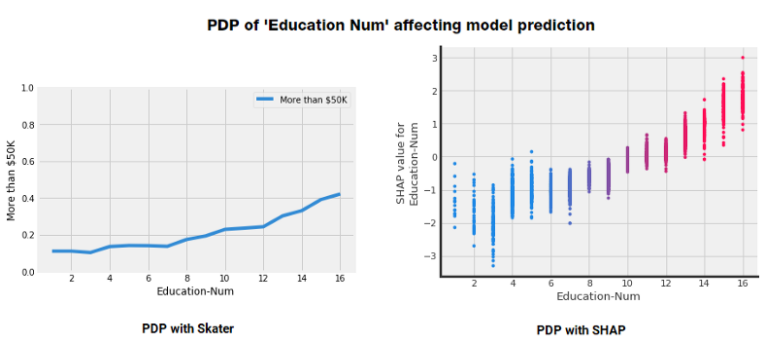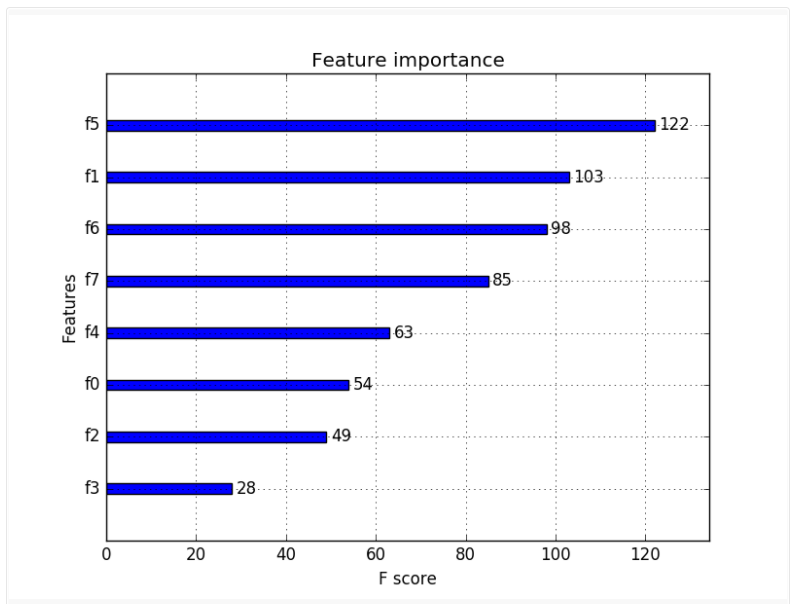Introduction
Artificial intelligence (AI) helps us solve real-world problems by processing data. We turn real-world information into numbers for AI models to understand and improve. But a big question remains: How do we make sense of AI results in the real world? This is where Explainable AI comes in. It’s all about making AI’s decisions easy to understand and apply in real-life situations. In this article, we’ll explore Explainable AI, its importance, and how it helps bridge the gap between AI models and practical use.

Table of contents
What is Explainable AI or XAI?
Explainable AI (XAI) refers to methods and techniques in the application of artificial intelligence technology such that the results of the solution can be understood by humans. In the early phases of AI adoption, it was okay to not understand what the model predicts in a certain way, as long as it gives the correct outputs. Explaining how they work was not the first priority. Now, the focus is turning to build human interpretable models.
Why Does Explainable AI Matter?
Explainable AI (XAI) matters because it helps us understand how AI systems work and make decisions. This is important for several reasons:
- Trust: When we trust an AI system, we are more likely to use it and make decisions based on its output. XAI helps us build trust in AI systems by explaining their decisions.
- Transparency: XAI helps us understand AI systems’ potential biases and limitations. They can significantly impact our lives, and we need to know the potential risks and benefits before using them.
- Accountability: It can help us hold AI systems accountable for their decisions. They are often used in high-stakes applications like law enforcement and healthcare.
How to Interpret Model with XAI?
Model interpretability can be examined in two levels:
- Global Interpretation: Examines the model from a broader perspective. For example, let’s say we are working on a house price dataset and we implemented a neural network. The global interpretation might say “Your model uses # of squared feet as an important feature to derive predictions
- Local Interpretation: As the name suggests, this approach is focused on a certain observation/data point. Let’s continue moving forward with our example. Prediction for a really small house turned out large. Local interpretation looks at the other features and it might say “Your model predicted this way because the location of the house is very close to the city center.


The Trade-off Between Accuracy and Interpretability
In the industry, you will often hear that business stakeholders tend to prefer models that are more interpretable like linear models (linear\logistic regression) and trees which are intuitive, easy to validate, and explain to a non-expert in data science.
In contrast, when we look at the complex structure of real-life data, in the model building & selection phase, the interest is mostly shifted towards more advanced models. That way, we are more likely to obtain improved predictions.
Challenge of Complex Models
Models like these (ensembles, neural networks, etc.) are called black-box models. As the model gets more advanced, it becomes harder to explain how it works. Inputs magically go into a box and voila! We get amazing results.
But, HOW?
When we suggest this model to stakeholders, will they completely trust it and immediately start using it? NO. They will ask questions and we should be ready to answer them.
- Why should I trust your model?
- Why did the model take a certain decision?
- What drives model predictions?
We should consider both improving our model accuracy and not get lost in the explanation. There should be a balance between both.
![Resource: DPhi Advanced ML Bootcamp — Explainable AI [2]](https://miro.medium.com/max/774/1*0WgMRSF0kzTCqQPKFMldAw.png)
Here, I would like to share a sentence from Dipanjan Sarkar’s medium post about explainable AI:
Any machine learning model at its heart has a response function which tries to map and explain relationships and patterns between the independent (input) variables and the dependent (target or response) variable(s).
Role of Data in Model Trustworthiness
So, models take inputs and process them to get outputs. What if our data is biased? It will also make our model biased and therefore untrustworthy. It is important to understand & be able to explain to our models so that we can also trust their predictions and maybe even detect issues and fix them before presenting them to others.
Techniques for Model Interpretability
To improve the interpretability of our models, there are various techniques some of which we already know and implement. Traditional techniques are exploratory data analysis, visualizations, and model evaluation metrics. With the help of them, we can get an idea of the model’s strategy. However, they have some limitations. To learn more about traditional ways and their limitations.
Modern Techniques for Model Interpretability
Other model interpretation techniques and libraries have been developed to overcome limitations. Some of these are :
- LIME ( Local Interpretable Model-Agnostic Explanations)
- SHAP (Shapley Additive Explanations)
- ELI5 (Explain Like I’m 5)
- SKATER
These libraries use feature importance, partial dependence plots, individual conditional expectation plots to explain less complex models such as linear regression, logistic regression, decision trees, etc.
Feature importance shows how a feature is important for the model. In other words, when we delete the feature from the model, how our error changes? If the error increases a lot, this means that a feature is important for our model to predict the target variable.

Partial dependence plots visualize the effect of the change for a certain feature when everything else is held constant (with a cooler phrase: ceteris paribus). With the help of these, we can see a possible limit value, where this value is exceeded, it directs the model predictions the other way. When we are visualizing partial dependence plots, we are examining the model globally.
Model-Agnostic Techniques
Individual conditional expectation plots show the effect of changes for a certain feature, just like partial dependency plots. But this time, the point of view is local. We are interested to see the effect of changes for a certain feature for all instances in our data. A partial dependence plot is the average of the lines of an ICE plot.

When it comes to explaining more advanced models, model-agnostic (does not depend on the model) techniques are used.
Global surrogate models take the original inputs and your black-box machine learning predictions. When this new dataset is used to train and test the appropriate global surrogate model (more interpretable models such as linear model, decision tree, etc.), it basically tries to mimic your black-box model’s predictions. By interpreting and visualizing this “easier” model, we get a better understanding of how our actual model predicts in a certain way.
Other interpretability tools are LIME, SHAP, ELI5, and SKATER libraries. We will talk about them in the next post, over a guided implementation.
Conclusion
The imperative to demystify these complex models is undeniable in a world increasingly shaped by AI. The power of Explainable AI lies in its ability to bridge the gap between inscrutable “black-box” algorithms and human understanding.
As this article has elucidated, integrating Explainable AI techniques equips us with the means to provide convincing explanations for AI model decisions. By doing so, we foster trust, ensure accountability, and enable better decision-making. As we journey into the age of AI, embracing transparency through Explainable AI is not just a choice; it’s a necessity. It empowers us to harness the full potential of AI, making its inner workings accessible to all.
Frequently Asked Questions
A. An example of explainable AI is a decision tree model used for credit scoring. It provides a clear, step-by-step explanation of how it assigns credit scores based on income and credit history.
A. The difference between explainable AI and AI is that explainable AI focuses on making the decision-making process of AI models transparent and interpretable for humans, while AI, in general, encompasses a broader range of machine learning and problem-solving techniques.
A. Explainable AI for question answering involves AI models that can provide both answers and transparent explanations for how they arrived at those answers, helping users understand the reasoning behind the responses.
A. The methodology of explainable AI often involves techniques such as feature importance analysis, partial dependence plots, and model-agnostic methods like LIME and SHAP. These methods aim to elucidate how AI models make decisions while maintaining transparency and interpretability.
The media shown in this article are not owned by Analytics Vidhya and is used at the Author’s discretion.




